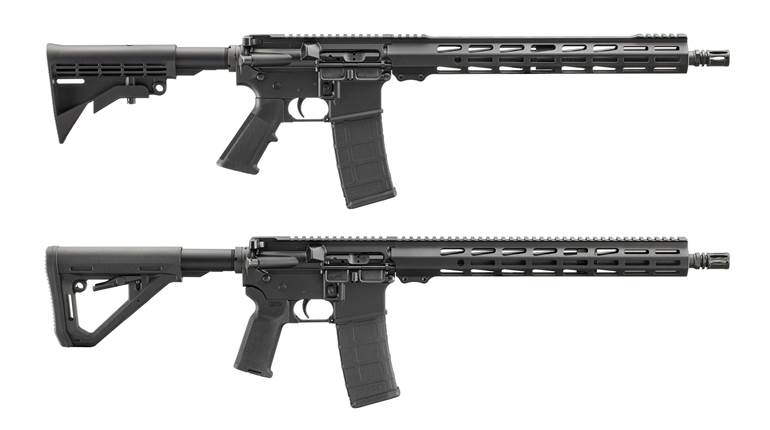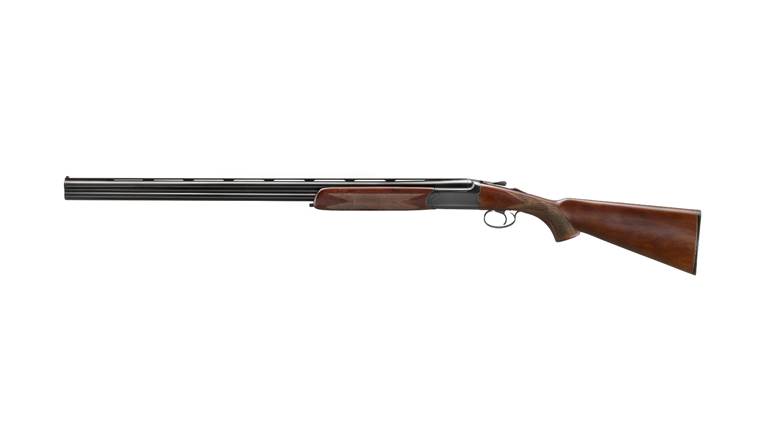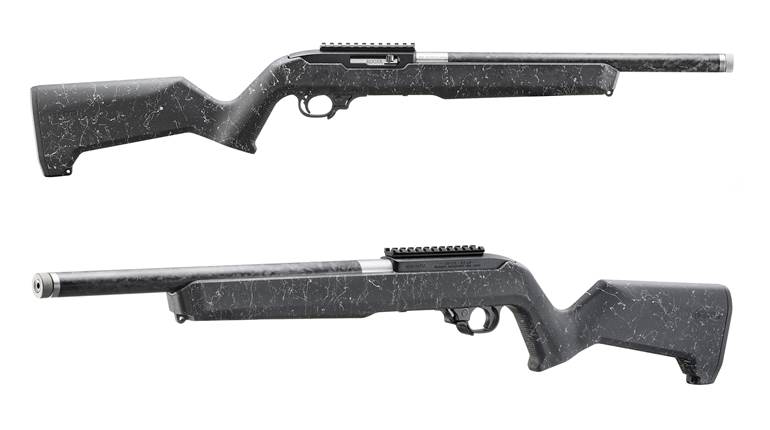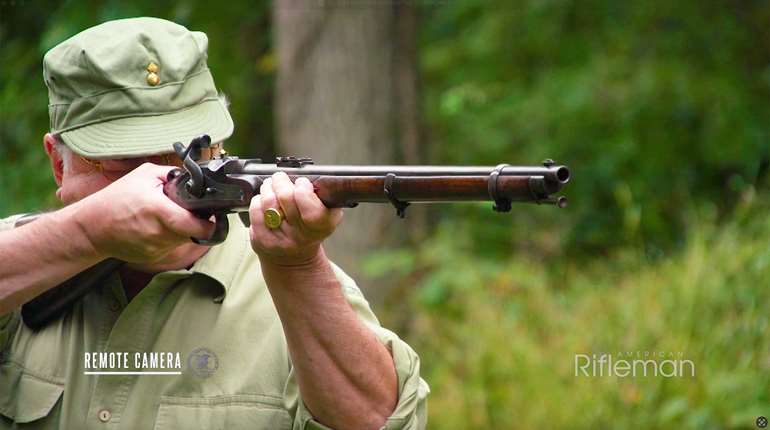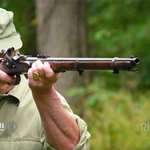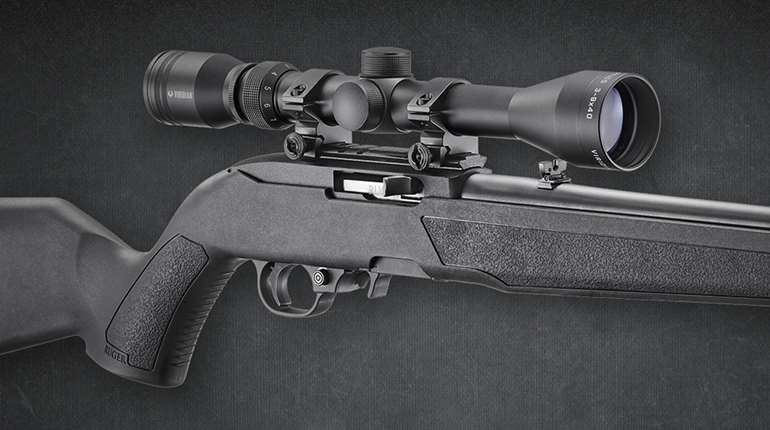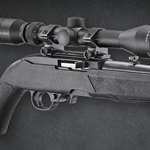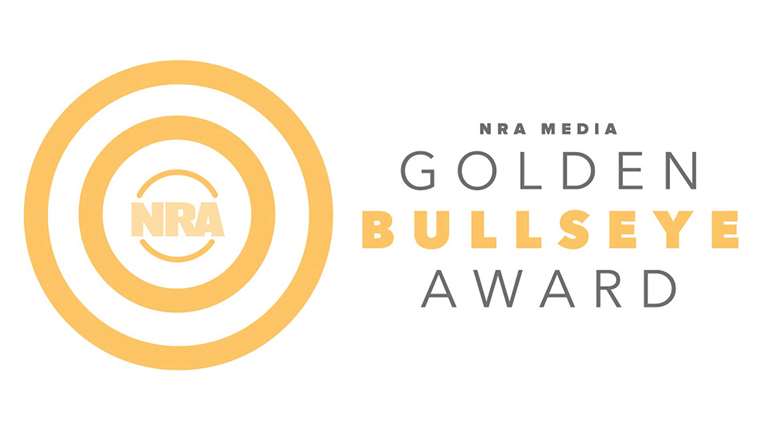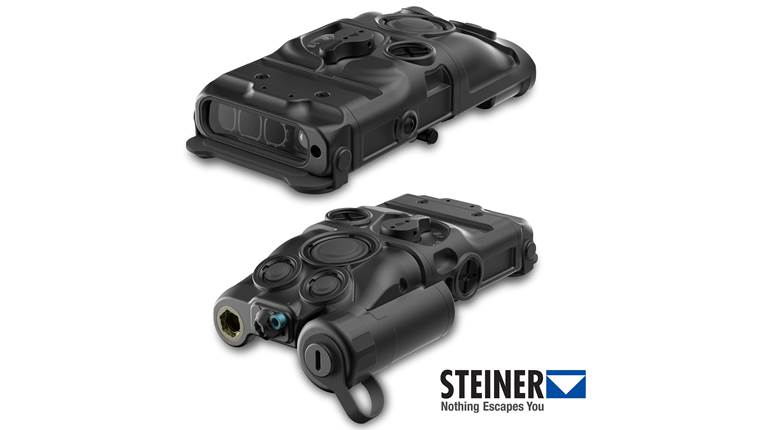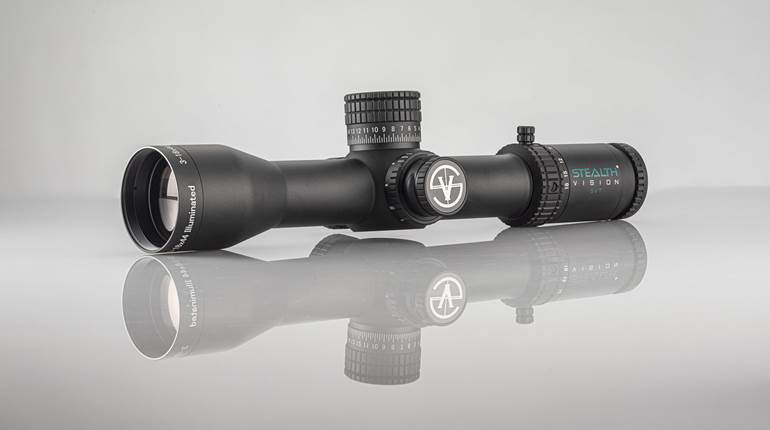
Some would call Remington’s production suspension of the R51 pistol a debacle. I call it a sign of changing market dynamics when it comes to new firearm introductions. It speaks to how guns are made today, and, perhaps more importantly, how consumers and the firearm press—both print and electronic—cover new guns.
It used to be a maker would show a pre-production sample, maybe even a prototype, at the Shooting, Hunting, Outdoor Trade Show or the NRA Annual Meetings in a back room or a hotel hospitality suite. If the leading gunwriters and distributors—the guys whose respective jobs were to describe it to the shooting public and to sell it—liked it, then the gun would have a chance at seeing at least pre-production. I watched former American Rifleman Technical Editor Pete Dickey give the thumbs down on a couple models. One made it to ignominious production and then rapid discontinuance, the other stayed on its designer’s workbench, likely where it belonged.
There was a phenomenon that we called "pulling a Ruger." A gun would be introduced, and then—after much hoopla--nothing would happen for about two years. It was like the design was abducted with occasional ransom-note-like updates and grainy black-and-white photos leaking out.
Then the first pre-production guns would start to roll out, and finally, often a year or more later, production guns would emerge. And those production guns may not have had all the features or the same parts as the guns previously shown. What gun companies had years ago was time. There was no sense of urgency on the introduction of a new model as we know it today. These days, the firearm industry is incredibly new-product driven.
The definition of "pulling a Ruger" was dramatically changed with the introduction of the LCP pistol. When the LCP made its debut, it wasn't just one gun, it wasn’t just 100 pre-production tool-room samples, it was about 50,000 pistols already shipped to distributors. What Ruger's Mike Fifer understood was the sense of urgency, the notoriety, the publicity wave, the desire for the latest and greatest, the instant demand for a new gun, all those things were something that should be immediately harnessed and satisfied. As I constantly tell representatives of the firearm industry, what is the point of telling 2.2 million readers of American Rifleman about a gun they can't even order, let alone buy?
This was combined with changes in how guns are actually manufactured. Again, it used to be that it would take a couple of years for a new design to go from prototype to production. It would have to be run on prototype tooling. If the prototype tooling worked well enough then the manufacturer would begin pre-production. Then early production. Then production. What that did was give manufacturers time to figure out if they had a problem.
But with the move to lean manufacture and a Toyota-based model, there was a change in how guns were made. No longer did you have extended periods for development and pre-production tooling. A gun can now be designed in CAD-CAM, fully rendered and tested on computer models, the parts printed on a 3D printer, then the machinery to make it can be designed on that same machine, the molds sent to a vendor and the programming for CNC machines created almost simultaneously. When this new system works, it works really well. The Ruger LCP was a smashing success. When news broke and demand surged, there was product already in the supply chain for consumers to purchase.
But this model is not without risks. When it was discovered that there was a certain way that the LCP could be dropped—really thrown across the room landing on a very specific part of the gun—leading to the remote possibility of an inadvertent discharge, then Ruger had to issue a recall. And it wasn't the recall of just a couple hundred pistols, it was all of them. It was a tough call for Fifer, but it did not diminish the success of the LCP.
Another factor is the sense of immediacy with new firearm introductions. This occurs both with consumers and the firearm press. It started with newsstand gun magazines. Want to sell more magazines that month? Well, then you best have the newest, hottest most-interesting handgun on the cover of a magazine clamoring for attention amongst other newsstand gun magazines clamoring for a potential buyer’s attention. This has led to some embarrassment. Anyone remember the Heizer Double-Tap? The company's press person offered to fly the only functioning prototype, the company owner and several non-working photo samples to our offices. They were looking to have that gun—the most desirable and interesting pistol introduced that year–reviewed in American Rifleman. I turned them down politely but firmly. We are not going to put a full gun review of a not-in-production gun in the pages of American Rifleman. My friends at newsstand magazines are not so circumspect and have a different mission. They must sell newsstand magazines. So in September 2012, Guns & Ammo featured the Heizer Double-Tap on the cover. The owners were very excited and said that production would begin soon. Well, it didn't happen. The owners ended up suing one another and production moved to another company. So you had a magazine cover featuring a gun for which there was only one functioning sample.
When you throw in so-called "new media" it gets even worse. All of the bloggers, some reliable, some not so reliable, some knowledgeable, some not so knowledgeable, are seeking to have the latest greatest scoop on new handguns. Scoop equates to hits. Hits on your website equate to success, and, eventually, to revenue. If you can gather attention on the Internet, more people will come to your website. What better way than to have a gun that no one else has? With AmericanRifleman.org, we too, are attempting to get the most up-to-date information and coverage on new guns up on the site as soon as we are able.
One needs to look at developments with new firearms as a mature adult. All the major companies in the firearm industry are in business to make a profit. That's what companies do, but they have to do it responsibly and, through good management, take a long-term view. Beretta has been around since at least 1526, Remington since 1816 and Ruger since 1949. These are not fly-by-night outfits. That is not to say that even large gun companies do not make mistakes. But the changes in how guns are manufactured and in how they are marketed and promoted have affected the dynamics of a new firearm roll out. There is no conspiracy to put guns that do not work well in the hands of consumers, regardless of what pistolero would-be Woodwards & Bernsteins say on the Internet. Companies seek to make the kinds of guns consumers want to buy at fair price. Selling one gun is easy, it’s selling a second gun to a consumer that is the challenge.












